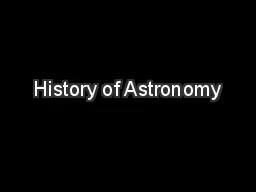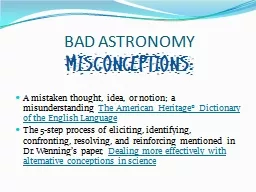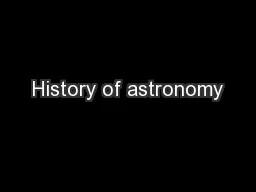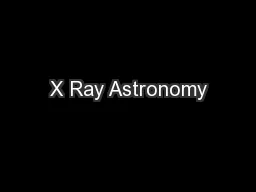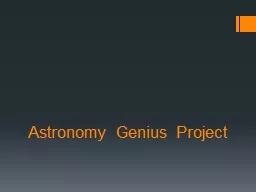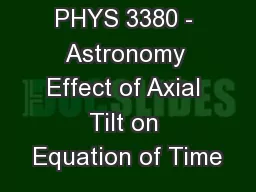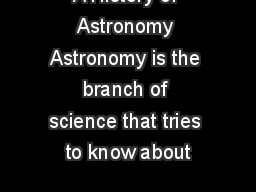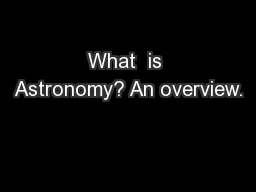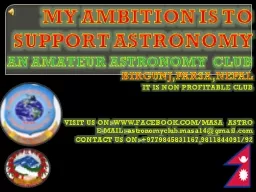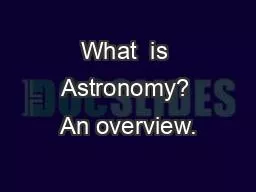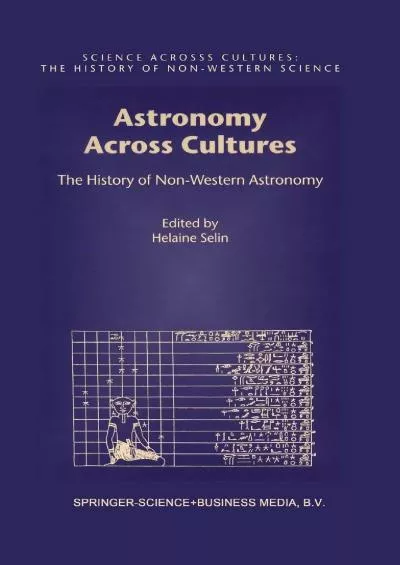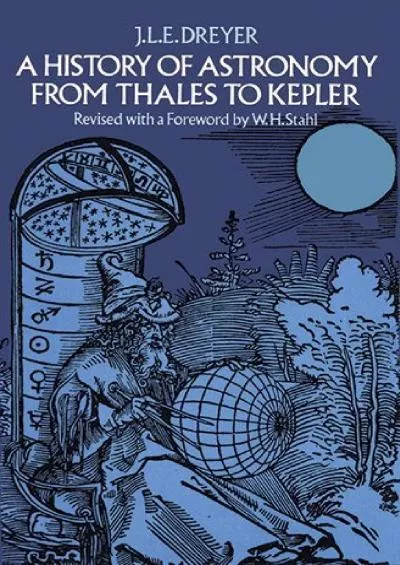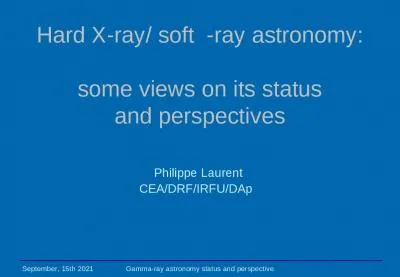PPT-History of Astronomy
Author : debby-jeon | Published Date : 2016-09-02
Astronomers Who Paved the Way Charles Messier Born in 1730 in France He was an astronomer whose primary interest was comets He is famous for cataloguing celestial
Presentation Embed Code
Download Presentation
Download Presentation The PPT/PDF document "History of Astronomy" is the property of its rightful owner. Permission is granted to download and print the materials on this website for personal, non-commercial use only, and to display it on your personal computer provided you do not modify the materials and that you retain all copyright notices contained in the materials. By downloading content from our website, you accept the terms of this agreement.
History of Astronomy: Transcript
Download Rules Of Document
"History of Astronomy"The content belongs to its owner. You may download and print it for personal use, without modification, and keep all copyright notices. By downloading, you agree to these terms.
Related Documents

